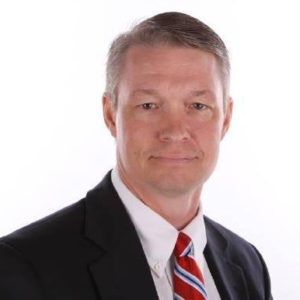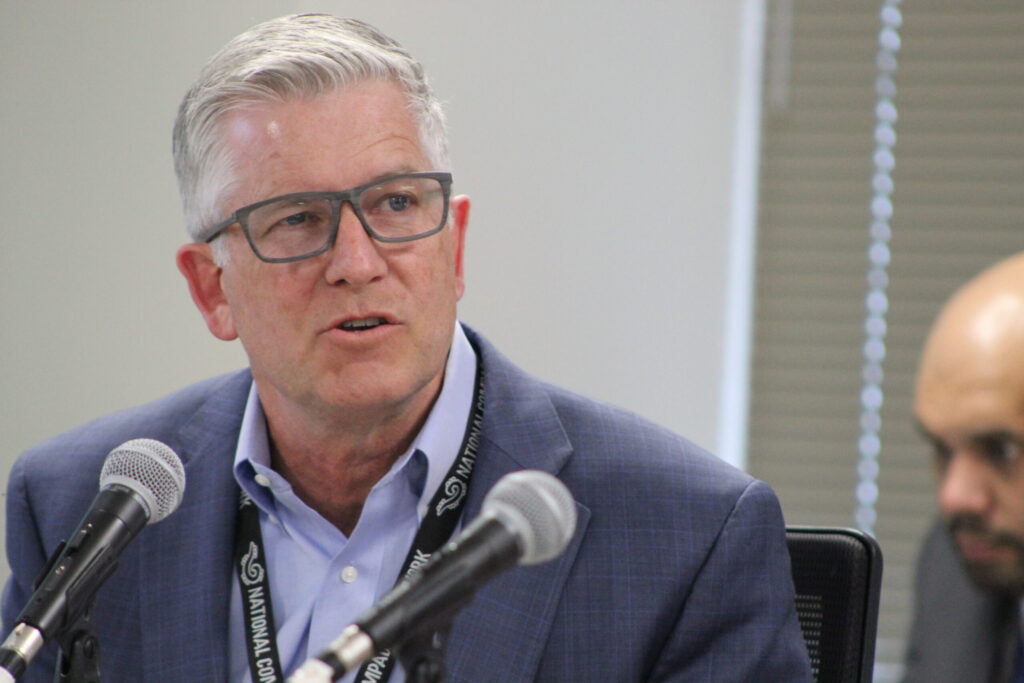Colorado’s EV Future, pushed by Polis, takes a big step | BIDLACK

Hal Bidlack
One of the defining characteristics of my personality, for better or for worse, I’m curious about, well, pretty much everything. My wife and I watch a lot of documentaries, across a wide range of subjects. We recently learned the latest on the princes in the tower (a sordid and sad chapter in British history) and are now learning about the “troubles” in Northern Ireland in the 1970s. We wonder about, again, most everything.
Today, after reading a press release from Gov. Jared Polis’ office, I found myself heading down yet another intellectual rabbit hole for information on the first gas stations. Turns out, when Henry Ford began marketing the very first Model T that was both mass-produced and was affordable to the average working family, there was no infrastructure for gasoline distribution. If you wanted to fill up your new Ford, guess where you went for gas? I am betting not too many of you guessed your local pharmacy, but that is where you first got gas.
But visionaries at that time understood the future was gas-powered cars and trucks, and they would need fuel. So around 1905 or so, a handful of service stations popped up, using “Bowser’s Self-Measuring Gasoline Storage Pump,” which involved filling a bucket and using a funnel to gas up.
Stay up to speed: Sign up for daily opinion in your inbox Monday-Friday
By 1913, what we would recognize as regular gas stations started to pop up and spread west. By 1929 there were more than 143,000 gas stations in the United States, and by 1940 there were 231,000 gas stations out there. Today, there are roughly 196,643 retail gas stations in the U.S. Heck, just a couple of weeks ago I wrote an entire column on a giant gas station company, Buc-ee’s, trying to build a new gasoline super-station in the Palmer Lake area, with more than 100 pumps and beaver nuggets (you can reread the column here if you are confused by that last part).
Why this rambling discourse on fueling automobiles? (Editor: yes, please do explain). Well, Gov. Polis recently announced the completion of the EV (electric vehicle) Fast-Charging Corridors Program, in which $10 million was spent and now there are an additional 33 fast-charging stations at key locations across the Centennial State, including along major travel corridors.
Polis noted Colorado leads the nation in EV sales, where we already have 1,100 fast-charging ports and an additional 4.400 “level 2” ports across the state, with an additional 400 to open next year using both state and federal funds. CDOT reports roughly 80% of Colorado drivers now live within 30 miles of a fast-charging station. That is, most likely, not as close as you are to a “regular” gas station but remember from my above ramble gas stations spread dramatically once the national demand was clear. I am quite confident EVs will induce a similar growth in EV charging stations. I suspect the most forward looking petroleum companies will look to combine gas sales with charging stations.
My son-in-law, who flies the Navy’s most advanced fighter, the F-35, recently bought his first EV, a Tesla, and he took me for a drive. Wow, the acceleration was amazing (he said it was roughly half what you feel in an afterburner takeoff in the F-35, a comparison of admitted limited utility to most folks). And his Tesla tells him, when he’s out and about, how much range he has left and directions to the nearest charging station, which is a pretty cool feature.
Now it is important we, as we ponder jumping on the EV bandwagon, not think these “zero-emissions” vehicles are the same as “non-polluting” vehicles. My SIL plugs his Tesla into his home electrical panel and uses charging stations. But where does that electricity come from?
Well, it depends, but though some comes from solar, wind and other sustainable sources, admittedly some comes from regular old power plants, which certainly have pollution issues. But a vital factor is though internal combustion vehicles (like my truck) individually spread exhaust gases and pollution, when EVs are in wide use, the pollution is, in a sense, deferred to a handful of different locations, where, for example, the weather inversions that often lead to “brown cloud” issues in Denver and Colorado Springs are not a factor. Additionally, it is easier to address pollution at individual power plants than in tens of thousands of cars and trucks.
EVs are a step in the right direction. They are not for everyone or for every use. As I just mentioned, I bought a new small truck last July. It gets pretty good mileage, but it has emissions. It also hauls the lumber I often need to pick up for my Etsy woodworking business, as well as transporting other things (like the big chair we just bought). EVs won’t be the be-all and end-all of American transportation, but I rather suspect 2025 will be for EVs as 1913 was for gas stations.
So, good job, Gov. Polis. Let’s keep those EV-charging stations coming.
Hal Bidlack is a retired professor of political science and a retired Air Force lieutenant colonel who taught more than 17 years at the U.S. Air Force Academy in Colorado Springs.










